16 Flower Bulbs to Plant in October for a Beautiful Spring Garden
Planting flower bulbs in October is a great way to ensure a colorful and vibrant garden come springtime. By selecting the right bulbs, you can enjoy a variety of blooms that will brighten up your outdoor space. October planting allows the bulbs to establish strong roots during the cooler months, ensuring healthy growth when warmer weather arrives. From tulips to daffodils, there are many options to choose from, each adding unique beauty to your garden. These bulbs are easy to plant and maintain, making them perfect for both beginner and experienced gardeners.
This post may contain affiliate links, which helps keep this content free. Please read our disclosure for more info.
Tulips
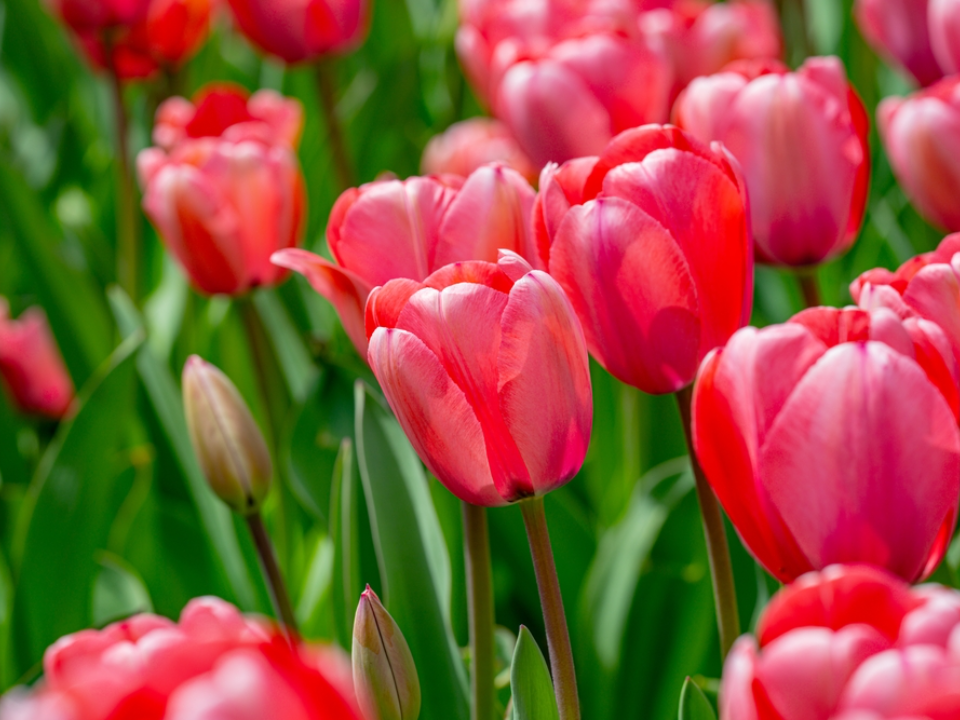
Tulips are a classic choice for spring gardens. Their vibrant colors and elegant blooms make them a favorite among gardeners. Planting them in October ensures they get the necessary cold period they need for proper growth. Choose from a variety of colors, from soft pastels to bold reds, to suit your garden’s theme. Tulips prefer well-drained soil and a sunny spot, so pick the right location to allow them to thrive. Once planted, they require minimal care, making them a great option for both beginner and experienced gardeners.
When spring arrives, tulips will reward you with beautiful, cup-shaped flowers that bloom in a range of colors. These bulbs are perfect for borders, flower beds, or even as cut flowers for indoor arrangements. To get the best results, ensure they are planted at the correct depth—about 6 to 8 inches deep. In colder climates, you may need to provide extra mulch for insulation.
Daffodils
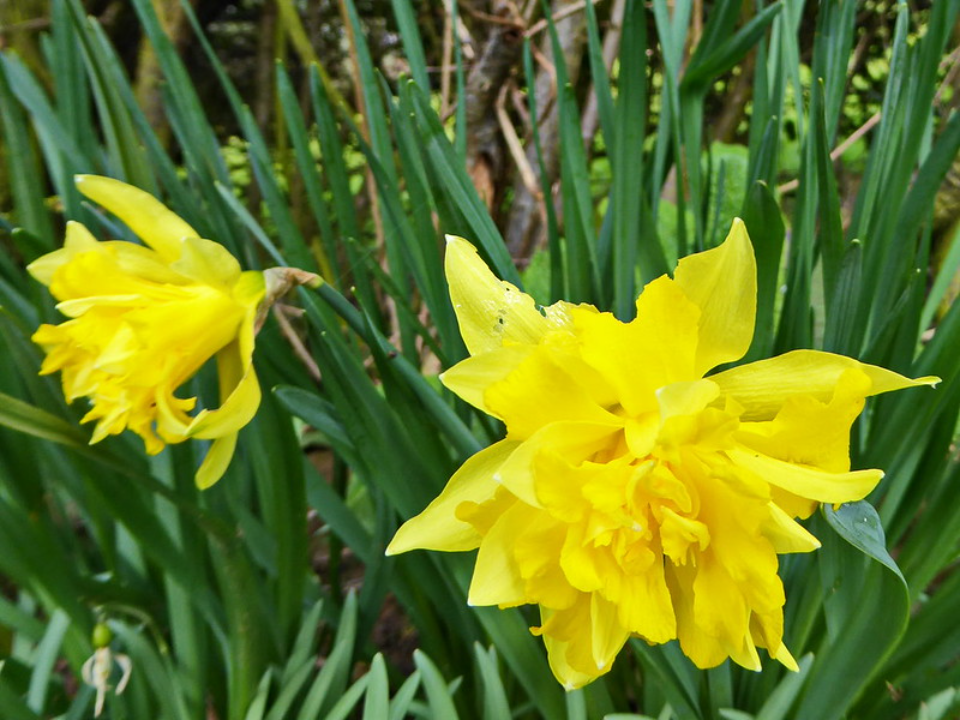
Daffodils are known for their bright yellow petals and are often associated with the arrival of spring. These bulbs are hardy and easy to grow, making them ideal for planting in October. Daffodils thrive in well-drained soil and should be placed in a sunny location. They are also resistant to most pests and diseases, which makes them a low-maintenance addition to any garden. Daffodils are a great choice for areas that may experience cold winters.
Once they bloom in early spring, daffodils will brighten your garden with their cheerful, trumpet-shaped flowers. These bulbs naturalize well, meaning they will come back year after year. Plant them in clusters to create a stunning display of yellow or white flowers. Daffodils are also great for planting near other spring flowers like tulips or hyacinths.
Crocus
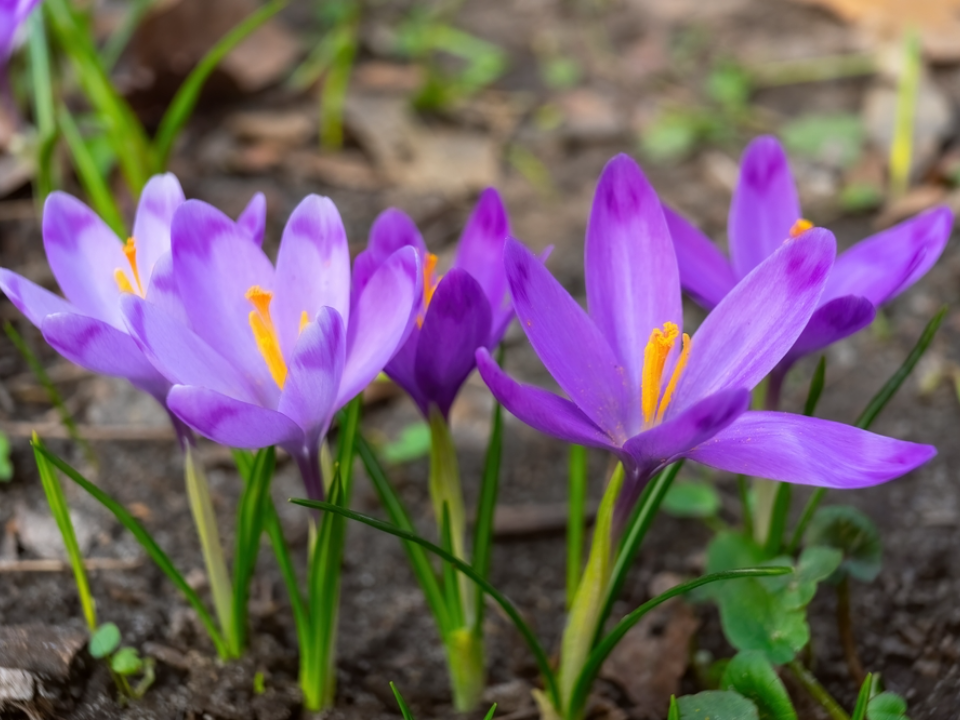
Crocus bulbs are among the first flowers to bloom in spring, making them a perfect choice for October planting. They come in a range of colors, including purple, yellow, and white, which can add early-season color to your garden. Crocuses are small but striking, making them ideal for planting in rock gardens, borders, or as a ground cover. They enjoy well-drained soil and require a sunny location for optimal growth.
These bulbs will start to emerge even while there’s still a chill in the air, signaling the arrival of spring. Their delicate flowers are often the first to greet you after a long winter, making them a favorite among gardeners. Crocuses also multiply over time, which means they will gradually create a fuller display as the years go by. They are especially effective when planted in large clusters for a dramatic effect.
Hyacinths
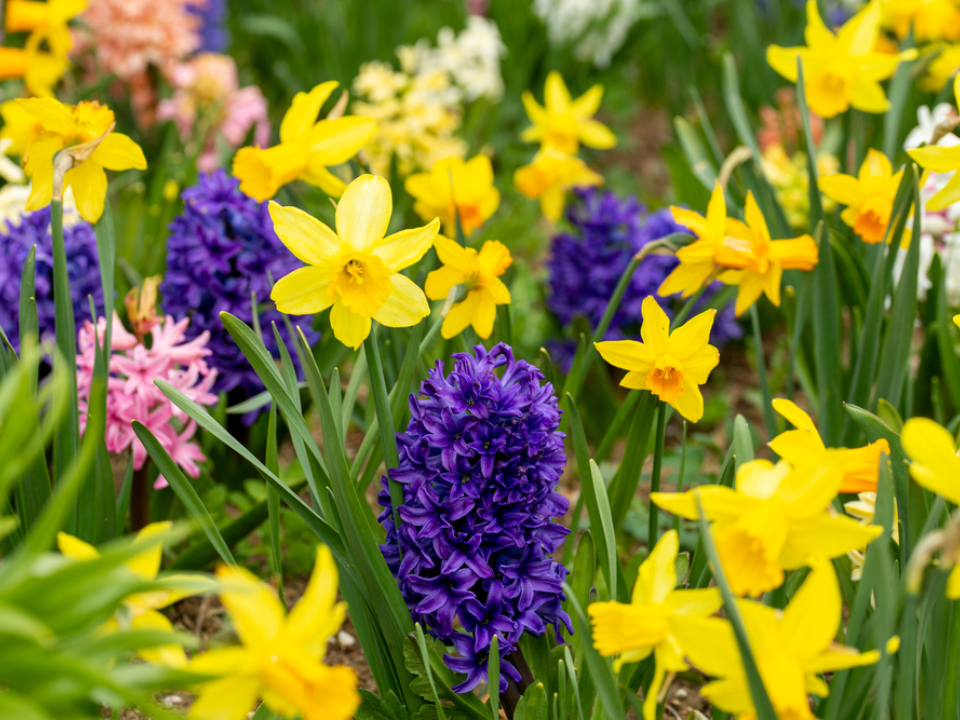
Hyacinths are known for their stunning fragrance and vibrant flowers that bloom in spring. These bulbs are best planted in October, allowing them to establish roots before the cold weather sets in. Hyacinths prefer well-drained, fertile soil and should be planted in a sunny spot to thrive. Their flowers come in a variety of colors, from purple to pink to white, and they are often used in flower beds or containers.
In early spring, hyacinths will burst into bloom, filling your garden with a sweet fragrance. Their tall flower spikes make them stand out in any garden, whether planted alongside other spring flowers or in a dedicated space. Hyacinths are also great for forcing indoors, where their blooms can be enjoyed in winter or early spring.
Alliums
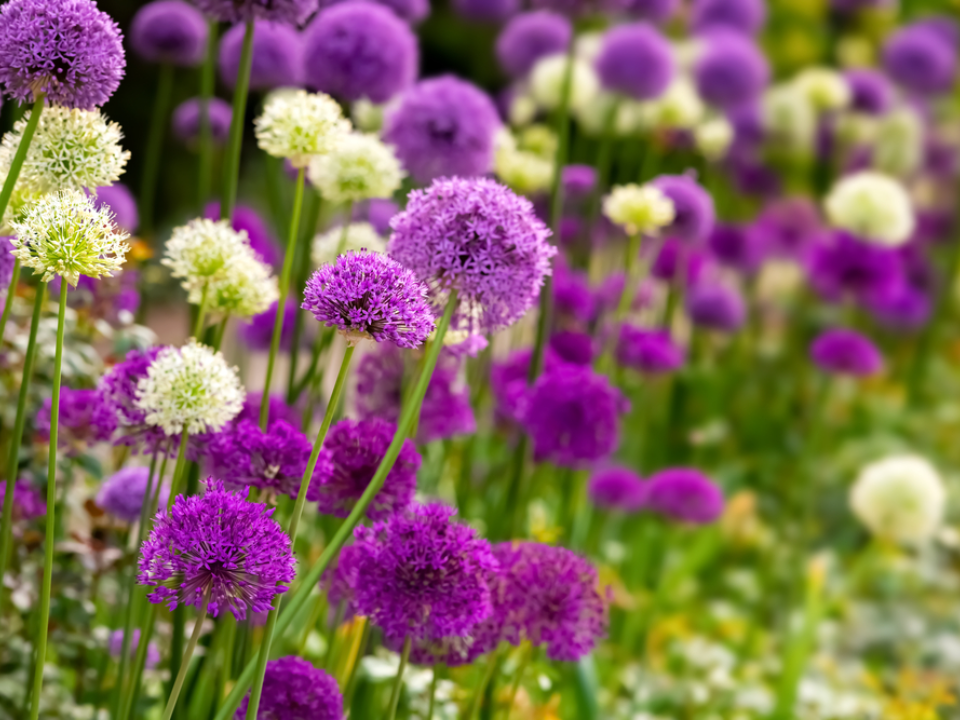
Alliums are an eye-catching addition to any spring garden, with their globe-shaped clusters of small flowers. These bulbs are easy to grow and require minimal maintenance, making them a great choice for gardeners who want a striking display without a lot of work. Alliums come in a variety of sizes and colors, ranging from the small, delicate types to the large, dramatic blooms that can reach up to 4 feet in height.
Planting alliums in October will give them the necessary cold period to thrive when spring arrives. These bulbs grow well in well-drained soil and full sun, and they are often used to add height and structure to flower beds. Alliums also work well in naturalized areas and can be combined with other spring flowers like tulips or daffodils for a stunning, mixed-color display.
Fritillaria
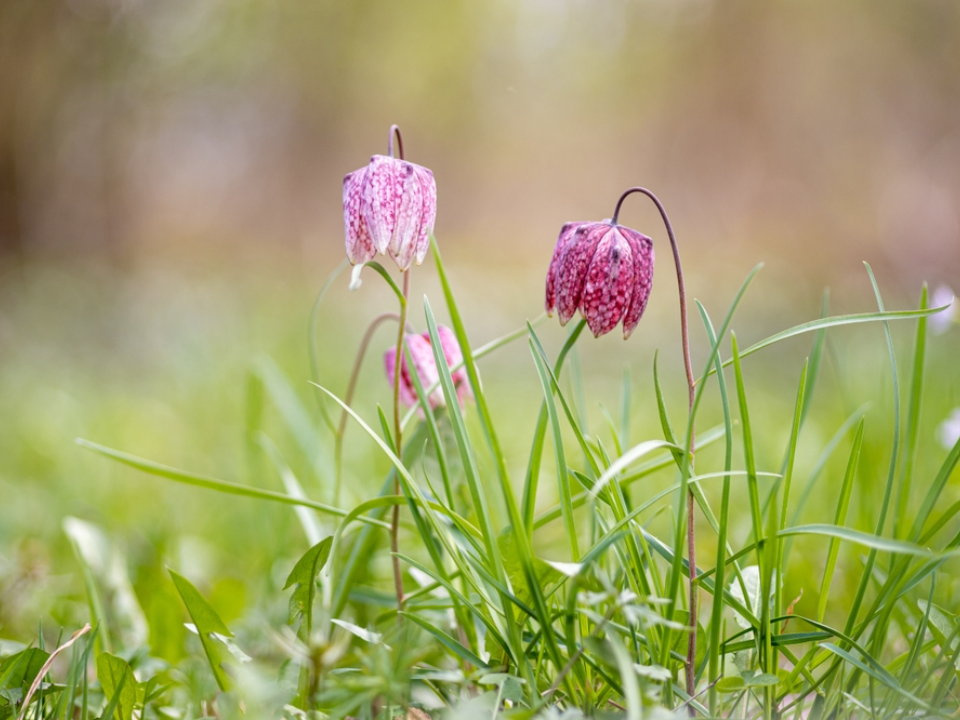
Fritillarias, also known as “checkered lilies,” are a unique bulb that offers an exotic touch to any garden. With their distinct, bell-shaped flowers and intricate patterns, they add an element of surprise and beauty to spring flower beds. These bulbs prefer well-drained soil and partial to full sun, making them a versatile choice for various garden types.
Once planted, fritillarias will emerge in early spring with their distinctive blooms, which come in shades of purple, yellow, and red. Their unique appearance makes them a conversation starter and a standout feature in any garden. Plant them in groups for a bold statement or as accents to complement other spring flowers.
Snowdrops
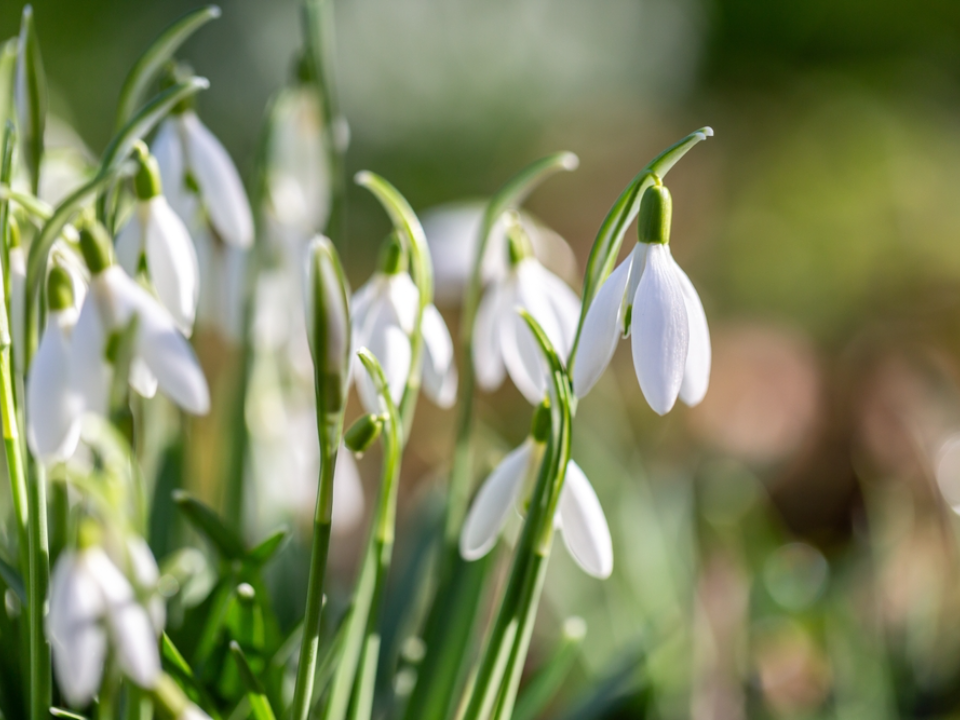
Snowdrops are one of the earliest bloomers in the spring garden, making them a great choice for planting in October. These delicate white flowers are often among the first to appear after winter, bringing a sense of renewal to the garden. Snowdrops grow best in well-drained, moist soil and partial to full shade, making them perfect for woodland gardens or under trees.
Planting snowdrops in October ensures they have enough time to establish roots before the cold weather sets in. These bulbs are low-maintenance and naturalize well, meaning they will come back year after year and spread throughout your garden. Snowdrops work well in clusters or as a ground cover beneath shrubs or trees, where their delicate blooms will stand out.
Anemones
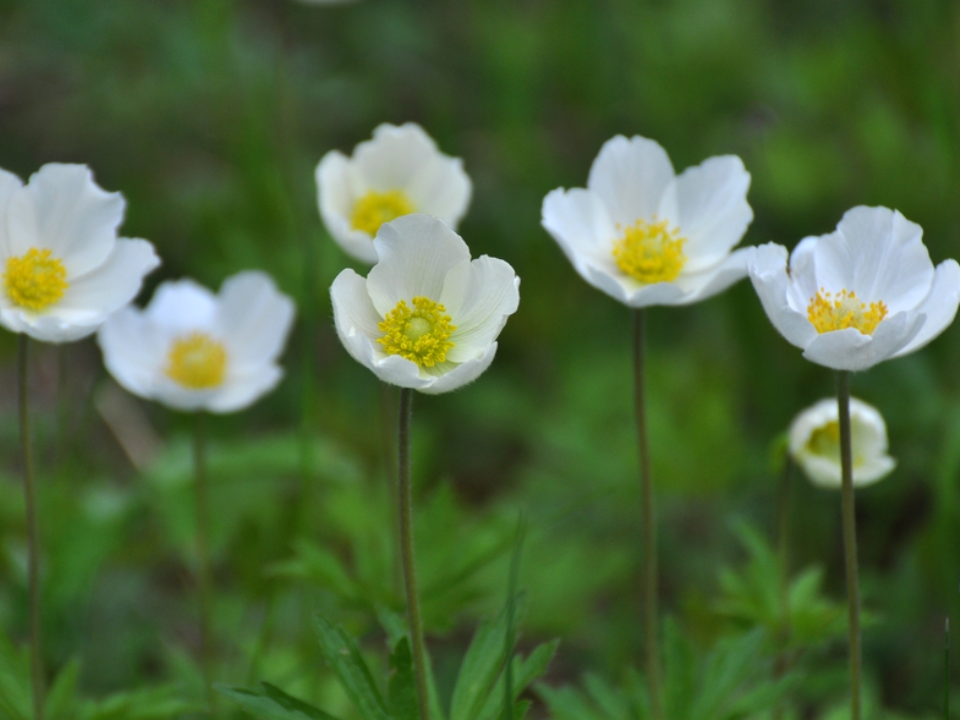
Anemone bulbs, also known as windflowers, are a charming addition to any spring garden. These bulbs are known for their bright, daisy-like flowers that come in a range of colors, including white, pink, purple, and red. Anemones grow best in well-drained soil and a sunny location. Plant them in October for a beautiful display of flowers in the spring.
Once anemones bloom, their vibrant colors will add life and interest to your garden. They are perfect for planting in flower beds, borders, or containers. These bulbs will continue to flower throughout the spring, providing a long-lasting display. Anemones also pair well with other early-spring flowers like crocuses and daffodils.
Iris
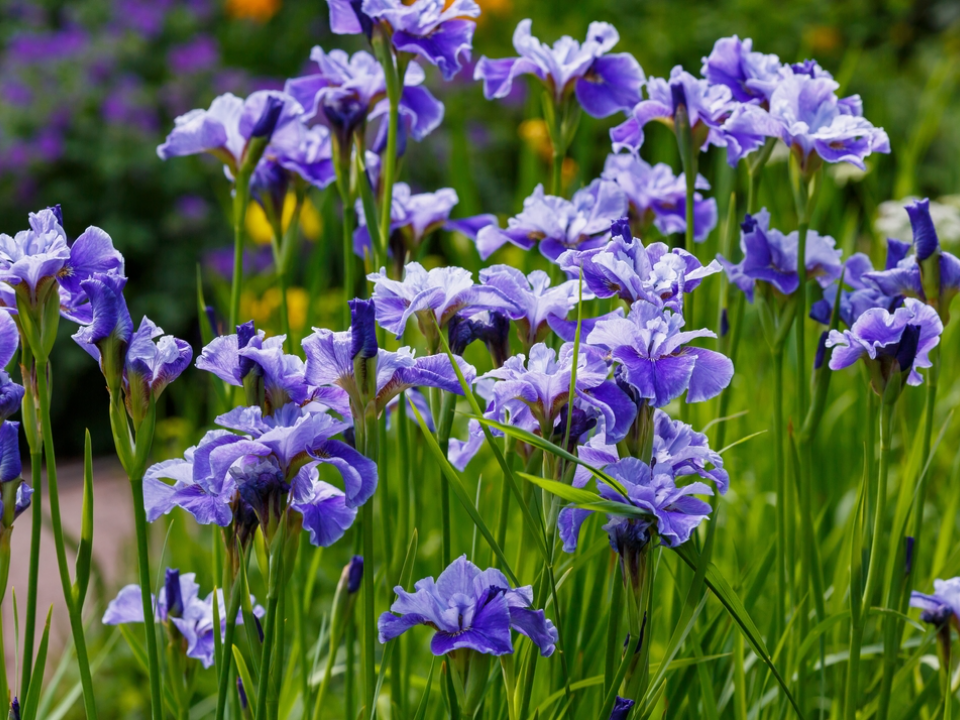
Iris bulbs are known for their striking flowers, which come in a variety of colors, including blue, purple, yellow, and white. Planting them in October gives them the time they need to establish roots before the cold weather sets in. Irises prefer well-drained soil and a sunny location, making them ideal for flower beds, borders, or rock gardens.
In the spring, irises will burst into bloom with their intricate, showy flowers. These bulbs require minimal care once planted and will continue to come back year after year. Irises are perfect for adding a touch of drama to your garden, and they work well as cut flowers for indoor arrangements as well.
Asiatic Lilies
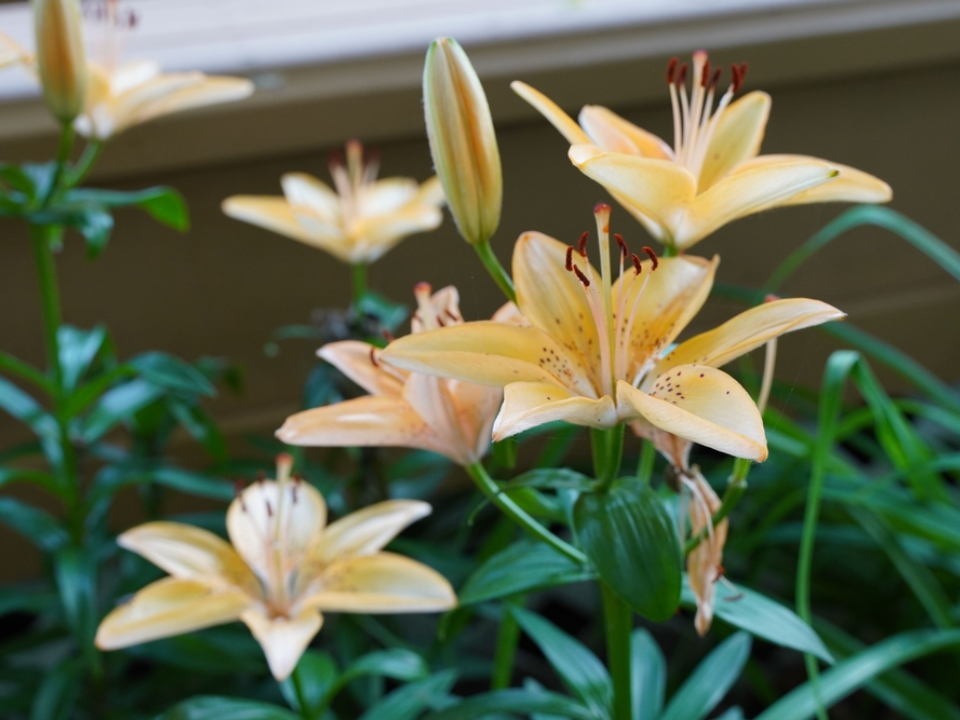
Asiatic lilies are a wonderful choice for adding bold, vibrant colors to your spring garden. These bulbs come in an array of hues, from deep reds to bright yellows, and their striking flowers bloom in early summer. Asiatic lilies thrive in well-drained soil and a sunny spot, making them perfect for flower beds, borders, or containers. Planting them in October gives them the necessary cold period to develop strong roots before blooming.
When the weather warms up, these lilies will reward you with large, trumpet-shaped flowers that last for weeks. They are great for adding height and drama to any garden and can also be used in floral arrangements. Asiatic lilies are low-maintenance and will return year after year, offering a burst of color and fragrance to your garden.
Camassia
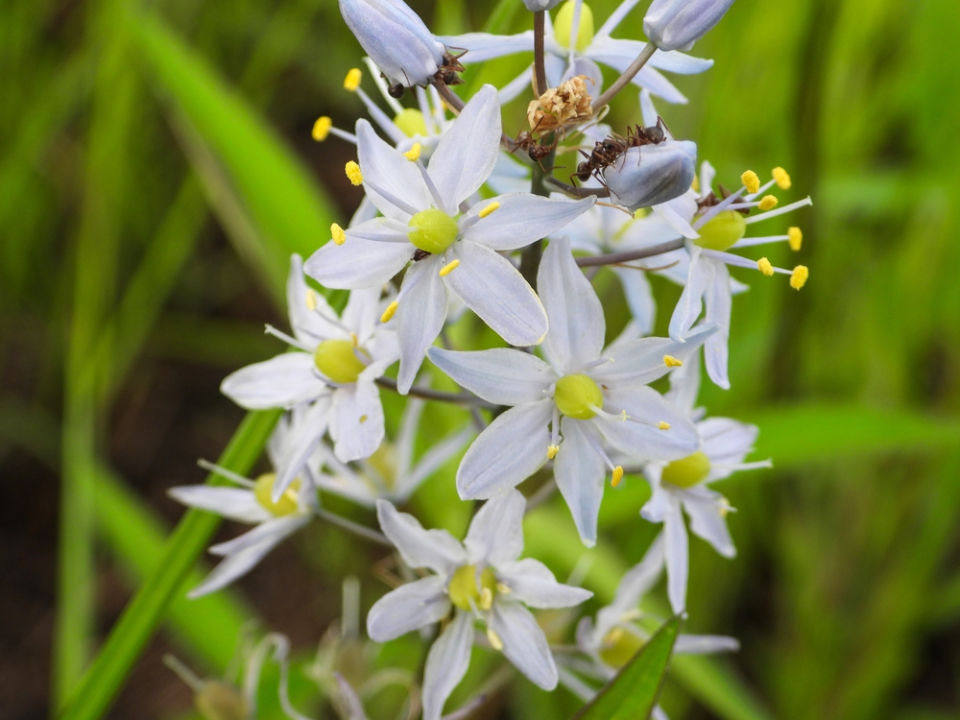
Camassia, also known as camas, is a lesser-known bulb that offers a stunning display in the spring. With tall spikes of star-shaped flowers in shades of blue, white, or purple, these bulbs are perfect for creating a wildflower look in your garden. Camassia bulbs prefer moist, well-drained soil and should be planted in a location that receives partial to full sun.
Once they bloom in late spring, camassia flowers will add a unique touch to your garden. These bulbs are perfect for naturalizing in meadows, along the edges of flower beds, or near ponds. Their tall flower spikes provide great contrast when planted alongside shorter spring flowers like crocuses or snowdrops. Camassia is also deer-resistant, which makes it a great choice for gardens in areas with wildlife.
Muscari (Grape Hyacinth)
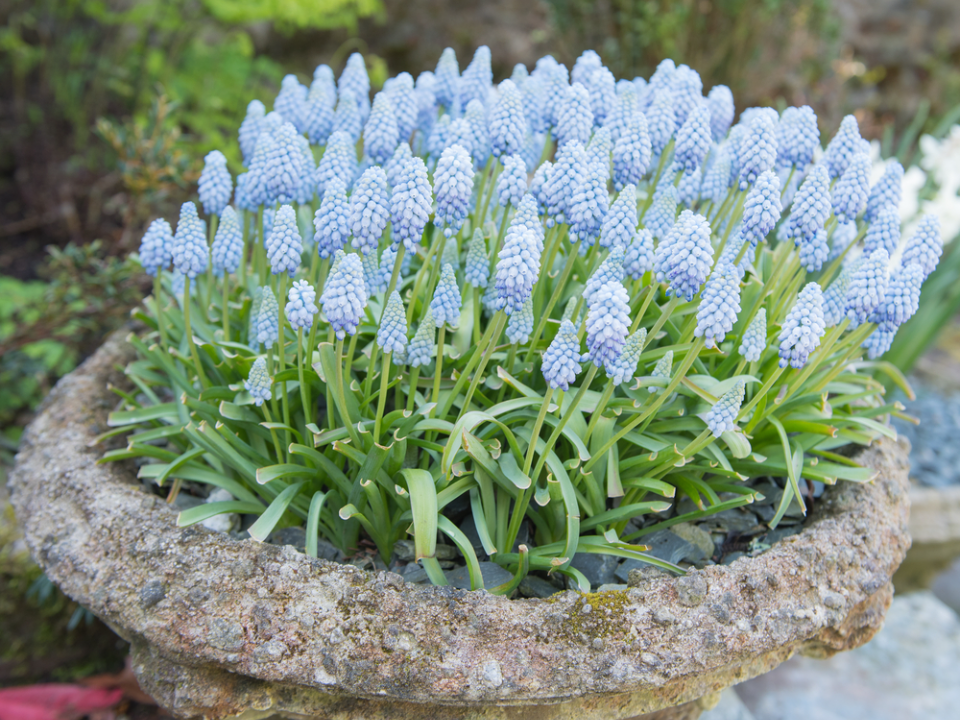
Muscari, commonly known as grape hyacinths, are charming, small bulbs that produce clusters of tiny, bell-shaped flowers. These flowers often appear in shades of blue, purple, or white, resembling clusters of grapes, making them a fun addition to any garden. Muscari bulbs thrive in well-drained soil and full sun to partial shade. Planting them in October ensures they get the cold period necessary for strong blooms.
When spring arrives, muscari will burst into bloom with dense clusters of flowers that add a pop of color to your garden. These bulbs are ideal for planting in borders, containers, or as a ground cover. Muscari bulbs are also great for planting alongside other early bloomers, like crocuses or daffodils, for a diverse and colorful display. They are also deer-resistant and require minimal care once planted.
Camellias
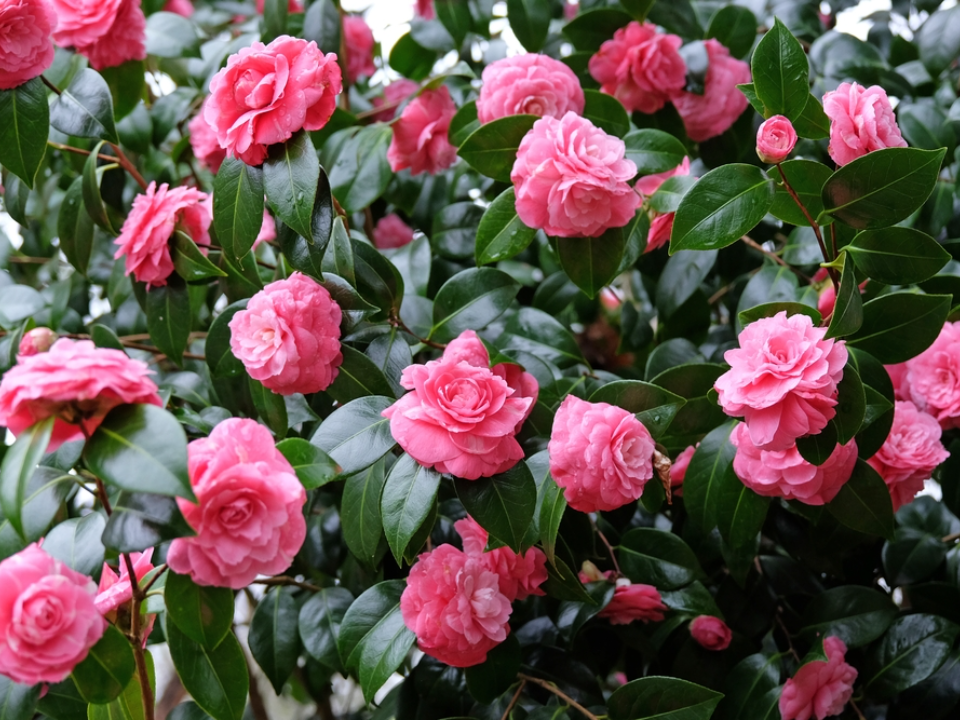
Camellia bulbs, known for their elegant, rose-like flowers, are a fantastic addition to your spring garden. These bulbs are often available in shades of pink, white, or red and are prized for their glossy green foliage and vibrant blooms. Camellias thrive in well-drained, slightly acidic soil and should be planted in a partially shaded area to protect them from the harsh afternoon sun. Planting them in October allows the bulbs to establish roots before the cold weather.
Once camellias bloom, they will add a touch of sophistication and beauty to your garden. These flowers often bloom in late winter to early spring, offering an early splash of color when other plants are still dormant. Their long-lasting flowers make them a favorite for both garden displays and floral arrangements. With the proper care, camellias will continue to bloom year after year, growing into stunning, evergreen shrubs.
Scilla (Squill)
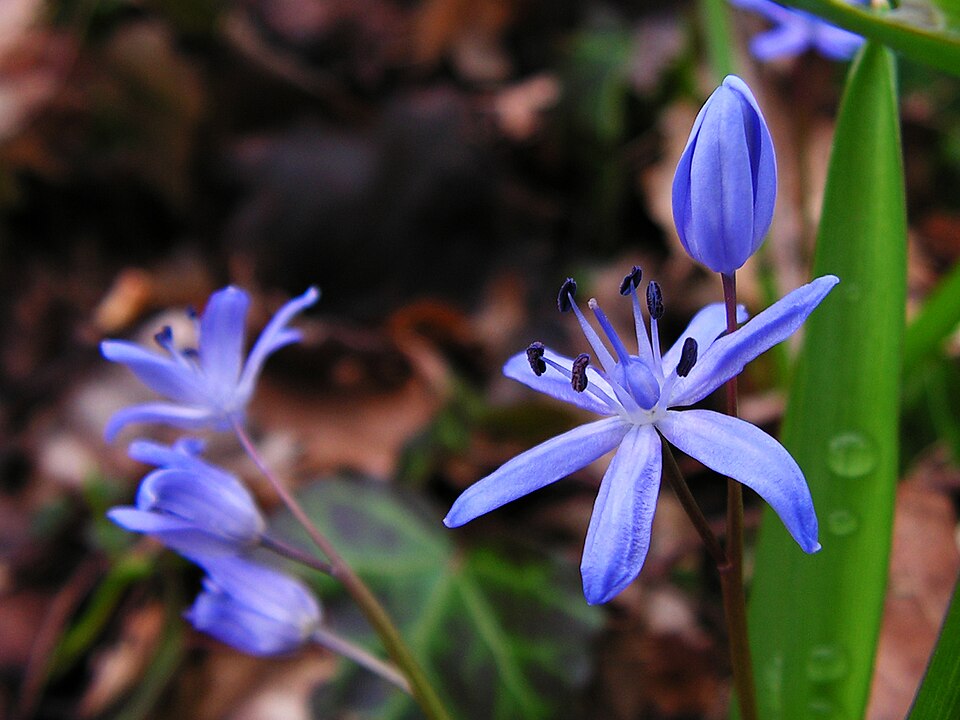
Scilla, or squill, is a small, hardy bulb that produces clusters of star-shaped flowers in shades of blue, purple, or white. These flowers are perfect for adding early-season color to your garden. Planting scilla bulbs in October ensures that they will have the necessary cold period to bloom in spring. Scilla thrives in well-drained soil and full sun to partial shade.
Scilla flowers will bloom in early spring, often before other plants have started to grow. Their vibrant blue or purple hues create a stunning contrast against the green of emerging grass and foliage. Scilla is perfect for planting in borders, rock gardens, or as a ground cover. They naturalize well, meaning they will come back year after year, gradually spreading throughout your garden.
Chionodoxa (Glory of the Snow)
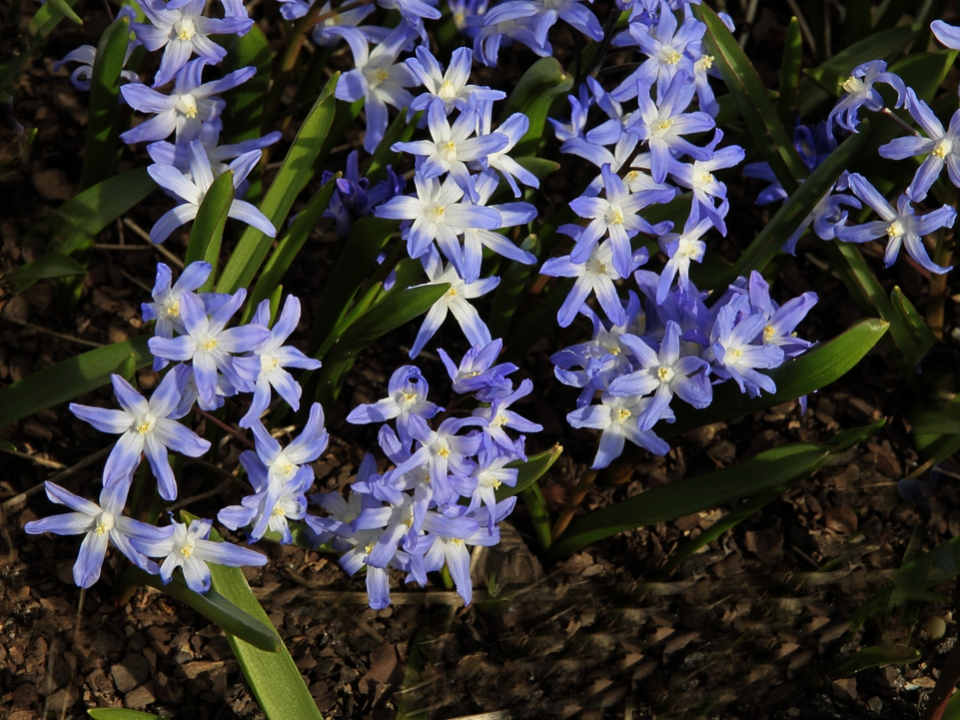
Chionodoxa, commonly known as glory of the snow, is a small but stunning bulb that produces blue, pink, or white flowers in early spring. These flowers are star-shaped and often bloom as early as February or March, making them one of the first signs of spring. Chionodoxa bulbs thrive in well-drained soil and a sunny to partially shaded location. Planting them in October ensures they have enough time to establish strong roots.
These bulbs are perfect for planting in rock gardens, under trees, or along borders where they can spread out and naturalize. Glory of the snow flowers are a delight to see in early spring when the garden is just waking up. They can be planted in groups or combined with other early bloomers like crocuses or snowdrops for a colorful, early-season display. Once planted, chionodoxa bulbs require little maintenance and will continue to bloom year after year.
Dutch Iris
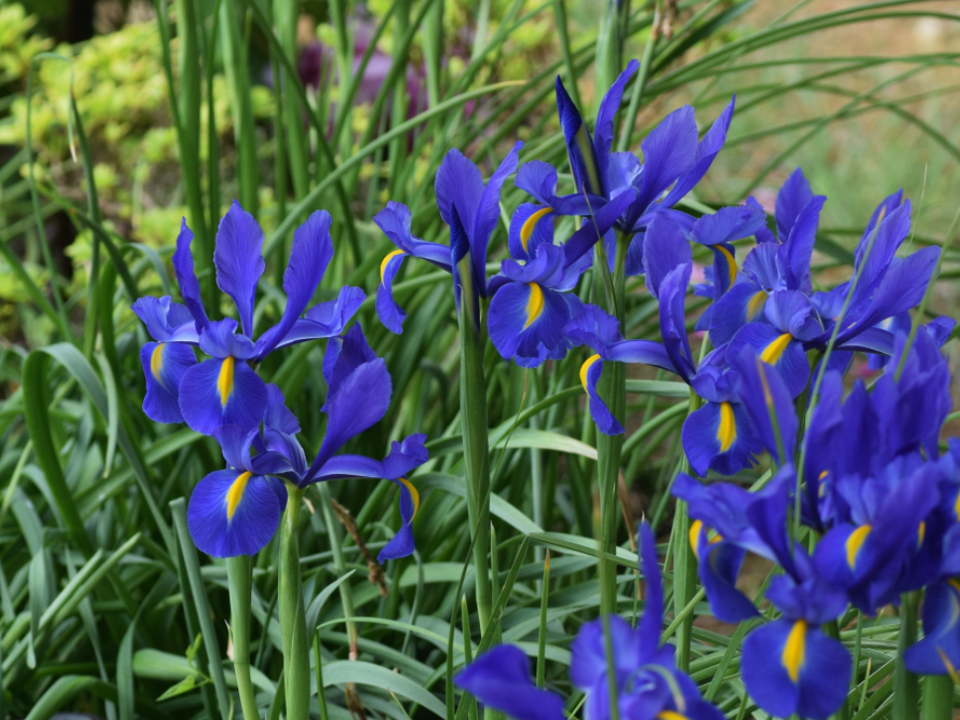
Dutch irises are popular for their large, vibrant flowers that come in a wide variety of colors, including blue, yellow, purple, and white. These bulbs are best planted in October for spring blooms. Dutch irises thrive in well-drained soil and full sun, making them perfect for flower beds, borders, or even containers. They are known for their tall stems and showy blooms, which make them stand out in any garden.
When they bloom in late spring, Dutch irises will fill your garden with vibrant, upright flowers that last for weeks. These bulbs require minimal care once planted and will come back year after year. Dutch irises are great for adding color to your garden and can be planted alongside other spring flowers like tulips or daffodils. Their large, dramatic flowers also make them great for cut flower arrangements, where they will continue to impress indoors.
This article originally appeared on Avocadu.
